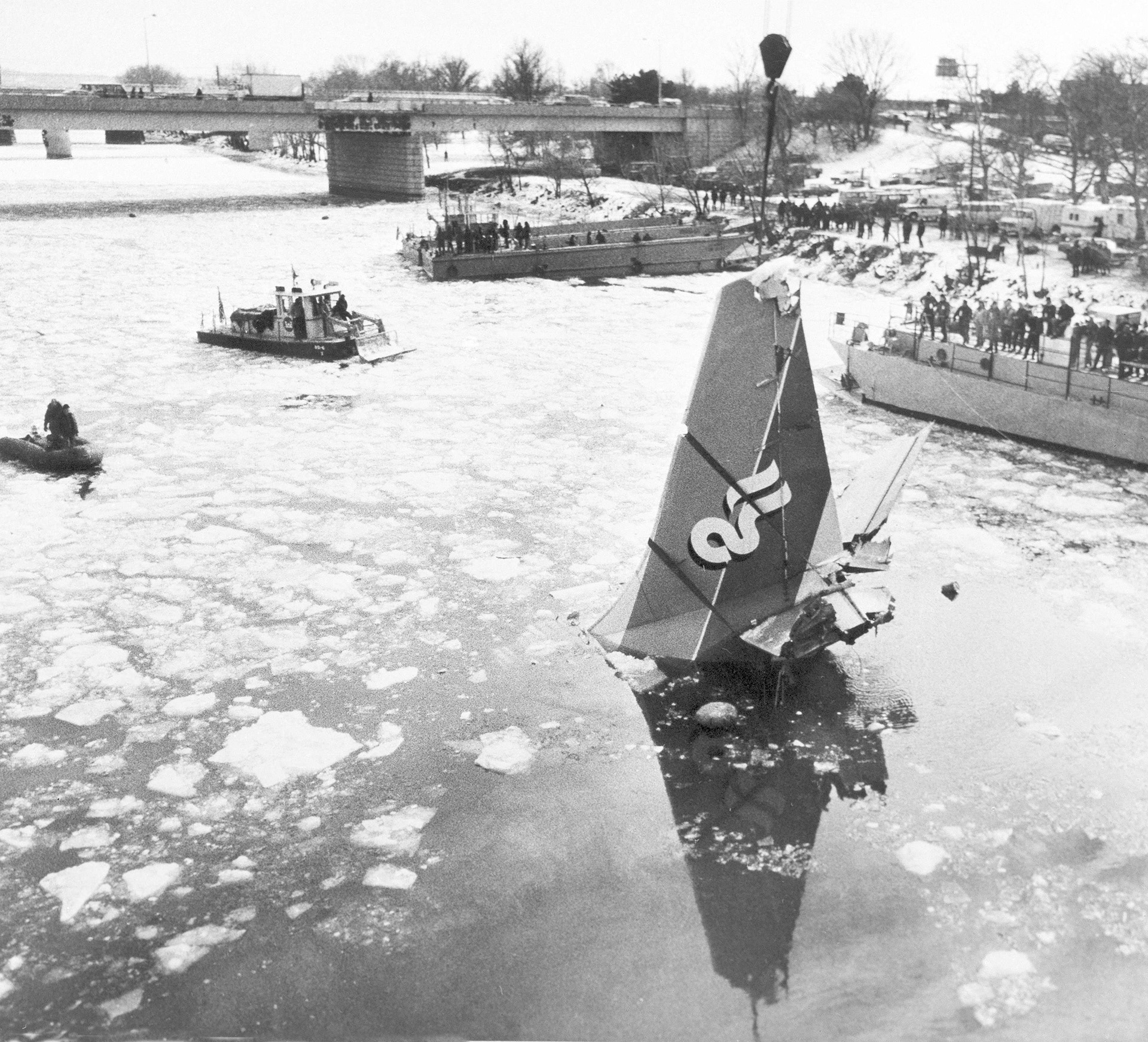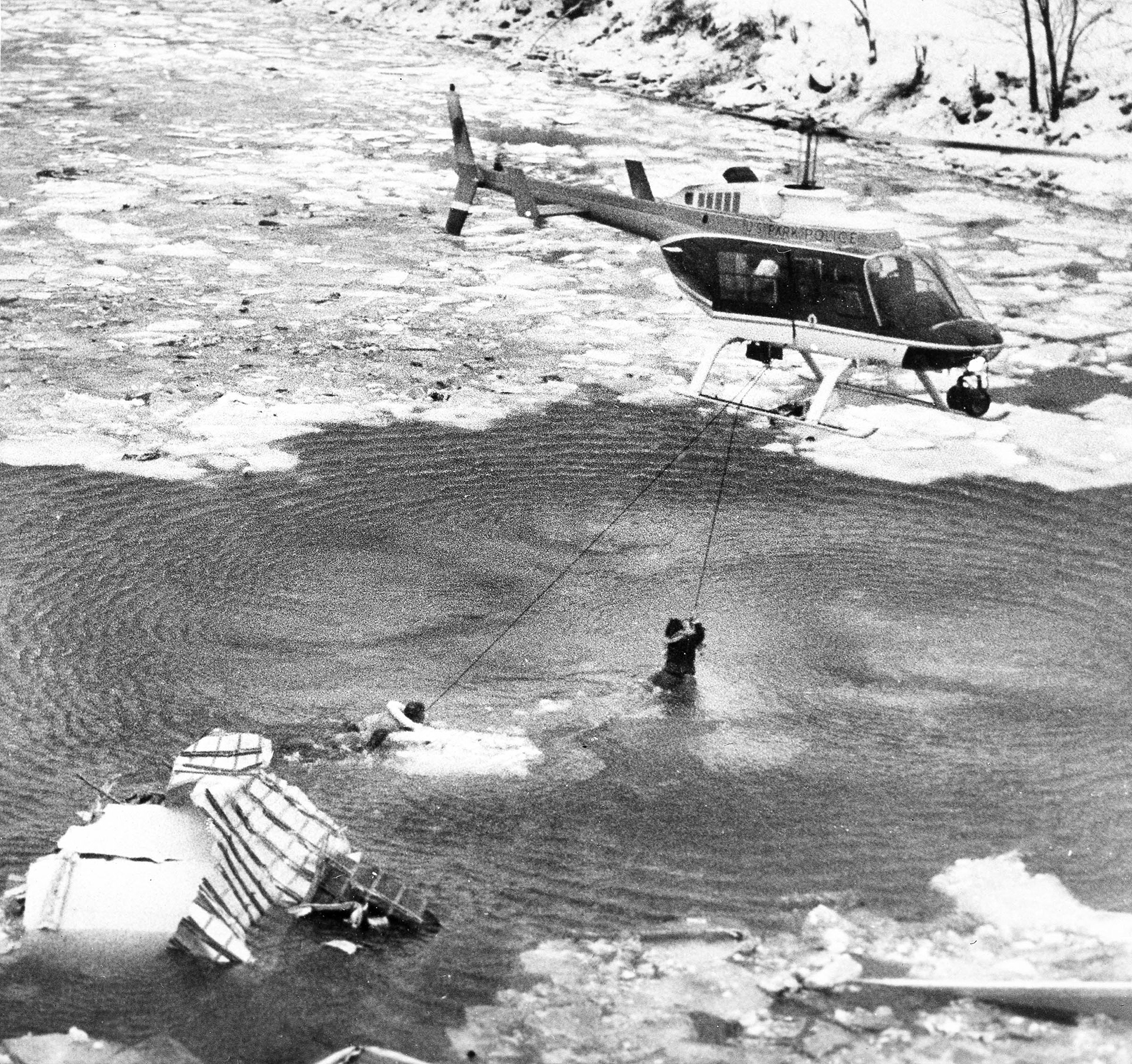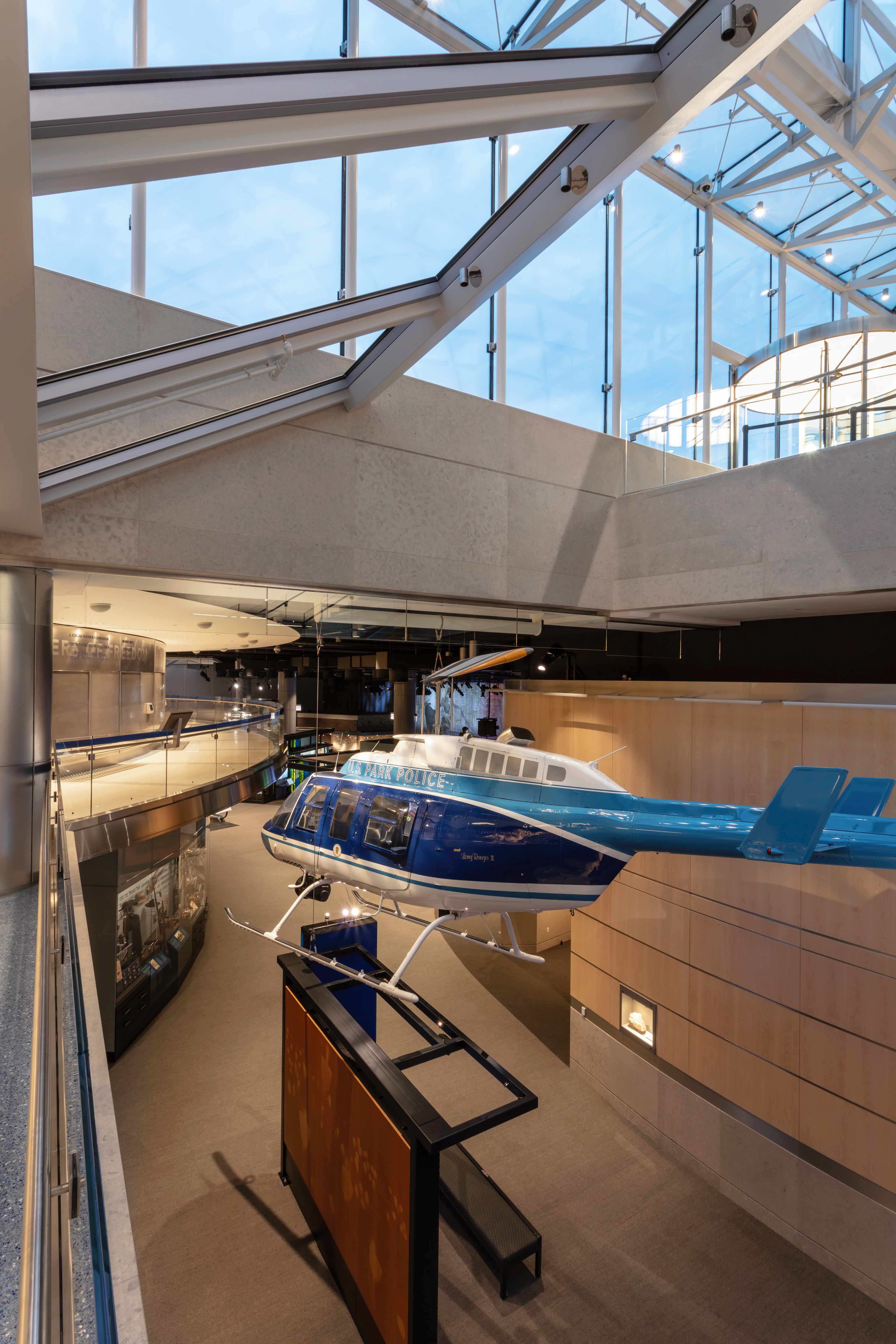The United States Park Police (USPP) is one of the oldest uniformed federal law enforcement agencies in the United States. It functions as a full-service law enforcement agency with responsibilities and jurisdiction in the National Park Service areas primarily located in the Washington, D.C., San Francisco, and New York City areas and certain other government lands. The United States Park Police is one of the few full-service police departments in the federal government that possesses both state and federal authority. In addition to performing the normal crime prevention, investigation, and apprehension functions of an urban police force, the Park Police are responsible for policing many of the famous monuments in the United States. The agency also provides protection for the President, Secretary of the Interior, and visiting dignitaries.
Although the Park Watchmen, as they were called until 1919, were created in 1791 by George Washington, the Aviation Unit was not founded until 1973 when it became clear that a specialized unit was needed to support law enforcement and provide medevac as well as search and rescue services throughout its jurisdiction. They were the first helicopter provider of air medical services within Washington, D.C. and continue to provide these services 24/7 to the District and neighboring jurisdictions. They also provided an invaluable resource for patrolling and performing rescues at the numerous federal parks and recreation areas within the National Capital Region, such as Great Falls Park and Shenandoah National Park. Like many park environments, injured parties in these remote and difficult to access locations require specialized rescue equipment to access and retrieve persons in distress. The US Park Police Aviation Unit is the primary resource for remote rescues requiring helicopter access.
Courtesy of USPP
USPP’s Eagle One helicopter responded to the crash of Air Florida Flight 90 in January 1982. During a blizzard, a Boeing 737-222 stalled due to frozen sensors and pilot error and clipped the 14th Street Bridge before crashing into the icy Potomac River shortly after takeoff from Washington National Airport. The USPP Aviation Unit dispatched its LongRanger immediately, with pilot Officer Don Usher at the controls and Officer Gene Windsor in the rescue technician role. Working together, at the very surface of as well as in the frigid water, Usher and Windsor were responsible for rescuing four of the flight’s five survivors. 73 of the remaining 74 people on board died upon impact; one other passenger drowned while trying to assist his fellow survivors.
The dramatic, televised event highlighted not only the value of the USPP Aviation Unit, but also the importance of airborne law enforcement units in general. It also spurred the improvement of rescue helicopters which resulted in the USPP winning funding for its first Bell 412SP in the early 1990s. These helicopters, equipped with Goodrich hoists, were vastly more capable rescue platforms than the LongRanger that dropped lifelines to the Air Florida victims in 1982.

Air Florida Flight 90 crashed into the Potomac River in 1982

USPP rescue at the Air Florida Flight 90 crash, 1982

The 1982 Eagle One Helicopter now hangs in the gallery at the National Law Enforcement Museum.
The two helicopters of the U.S. Park Police played an important role after the September 11 attacks on the Pentagon. The crews responded immediately, transporting injured personnel to hospitals. The helicopters served as a command and control platform, using their Forward Looking Infrared equipment to provide firefighters with intelligence about the scope and spread of the fire through the five rings of the Pentagon structure, and taking over air traffic control for the Washington, D.C. airspace after the controllers at Washington National Airport had to evacuate due to thick smoke.
USPP helicopter approaching the Pentagon on 9/11
Photo taken by JO1 Mark Faram, USNR
From Navy Archives Collection AR/671 Naval Historical Center Pentagon 9/11 Collection
Courtesy of USPP